Eastern Gorilla
- January 18, 2024
- 0 comment
The Eastern Gorilla, scientifically known as Gorilla beringei, is an awe-inspiring and majestic species of great ape that calls the dense forests of Central and East Africa its home. Renowned for its incredible strength, gentle disposition, and striking similarity to humans in DNA, the Eastern Gorilla is divided into two distinct subspecies: the Mountain Gorilla and the Eastern Lowland Gorilla. Mountain Gorillas inhabit the mist-covered highlands of Uganda, Rwanda, and the Democratic Republic of Congo, while Eastern Lowland Gorillas thrive in the lowland rainforests of the eastern Democratic Republic of Congo.
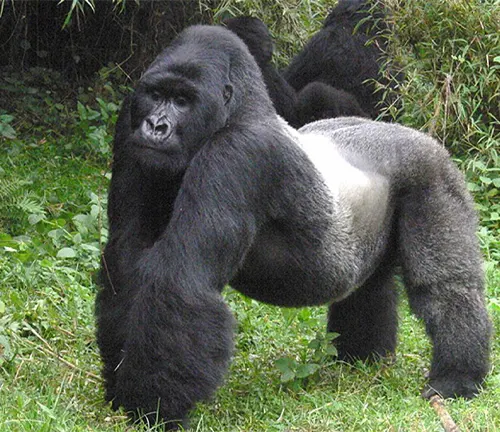
These remarkable creatures are known for their robust bodies, silverback males, and highly social nature, living in close-knit family groups. Sadly, Eastern Gorillas face numerous threats, including habitat loss, poaching, and disease outbreaks. Nevertheless, conservation efforts are underway to protect these gentle giants and their critical role in maintaining biodiversity, making it imperative that we continue to work towards their preservation and a brighter future for this endangered species.
| Specification | Eastern Gorilla |
|---|---|
| Scientific Name | Gorilla beringei |
| Subspecies | Mountain Gorilla (G. b. beringei) |
| Eastern Lowland Gorilla (G. b. graueri) | |
| Habitat | Dense forests of Central and East Africa |
| Geographic Range | Uganda, Rwanda, Democratic Republic of Congo (Mountain Gorilla) |
| Eastern Democratic Republic of Congo (Eastern Lowland Gorilla) | |
| Physical Characteristics | – Large and robust bodies |
| – Dark fur with silverback males | |
| – Broad face with hairless nose | |
| – Small eyes | |
| Social Structure | Highly social, living in family groups led by a dominant silverback male |
| Diet | Vegetarian, feeding on leaves, stems, fruits, and occasional insects |
| Conservation Status | Endangered |
| Population (Wild Estimates) | – Mountain Gorilla: Approximately 1,000 individuals |
| – Eastern Lowland Gorilla: Approximately 3,800 individuals | |
| Threats | Habitat loss, poaching, disease outbreaks |
| Role in Ecosystem | Maintains biodiversity by seed dispersal and influencing vegetation |
| Genetic Similarity to Humans | Approximately 98% shared DNA |
Eastern Gorilla: A Majestic Species Facing Threats and Challenges
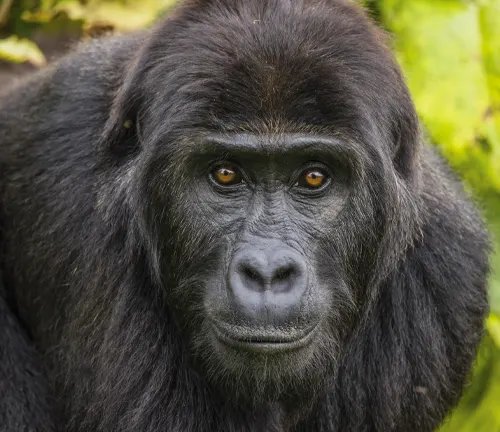
The Eastern Gorilla, scientifically known as Gorilla beringei, is a remarkable and majestic species of great ape found in the dense forests of Central and East Africa. This incredible creature is known for its incredible strength, gentle nature, and close genetic resemblance to humans. However, despite its fascinating characteristics, the Eastern Gorilla faces numerous threats and challenges that jeopardize its survival. In this article, we will explore the world of the Eastern Gorilla, shedding light on its unique features, its habitat, the threats it encounters, and the conservation efforts in place to protect this iconic species.
Understanding Eastern Gorillas
Taxonomy and Species
The Eastern Gorilla belongs to the Hominidae family and is divided into two distinct subspecies: the Mountain Gorilla (Gorilla beringei beringei) and the Eastern Lowland Gorilla (Gorilla beringei graueri). Each of these subspecies has its own unique characteristics and inhabits different regions of Africa.
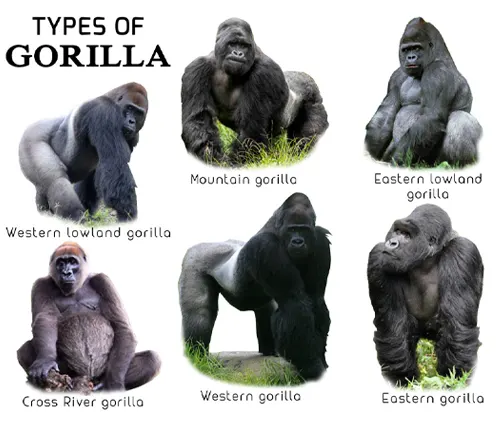

Physical Characteristics
Eastern Gorillas are characterized by their large, robust bodies covered in dark fur. They have a broad face with a hairless nose and small eyes. Adult males, known as silverbacks due to the silver-colored hair on their back, can weigh up to 400 pounds or more.
Social Structure
These gorillas are highly social creatures, living in groups called troops or bands, which are led by a dominant silverback male. The troops consist of females, young gorillas, and occasionally, subordinate adult males.
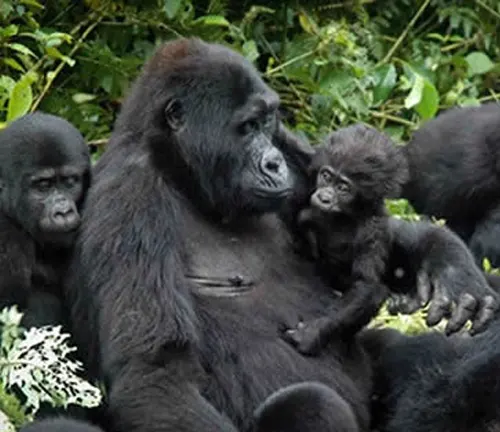
Habitat and Distribution
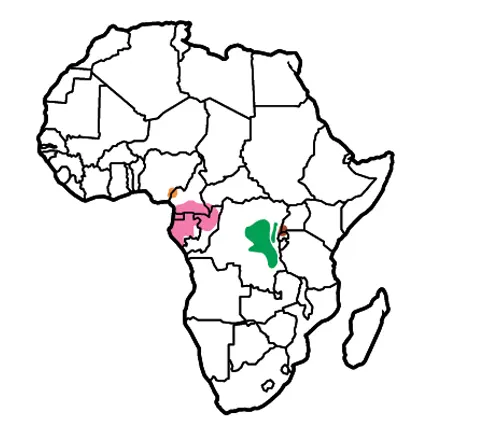
Habitat
Eastern Gorillas primarily inhabit the montane and lowland forests of Central and East Africa. They are well adapted to life in dense vegetation, where they forage for food and build nests to sleep in at night.
Range
The Mountain Gorillas are found at higher altitudes in the Virunga Volcanoes and the Bwindi Impenetrable Forest in Uganda, Rwanda, and the Democratic Republic of Congo. Eastern Lowland Gorillas, on the other hand, reside in the lowland rainforests of the eastern Democratic Republic of Congo.
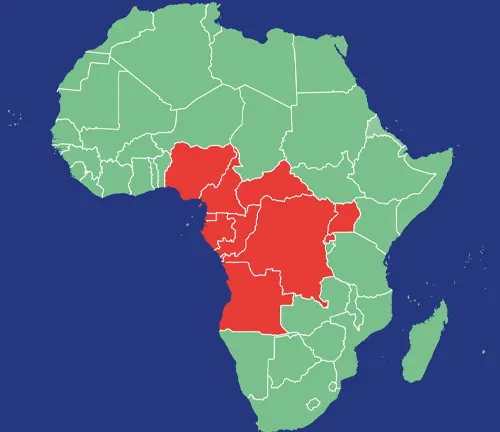
Threats to Eastern Gorillas

Habitat Loss
One of the most significant threats to Eastern Gorillas is habitat loss due to deforestation, agriculture, and human settlement expansion. Their forest homes are rapidly disappearing, leaving them with limited space to roam and find food.
Poaching
Poaching remains a grave concern, as Eastern Gorillas are hunted for their meat and body parts. The illegal wildlife trade continues to thrive, posing a severe threat to these gentle giants.
Disease
Disease outbreaks, such as the Ebola virus, have had devastating effects on gorilla populations. These diseases can spread rapidly through their communities, causing high mortality rates.
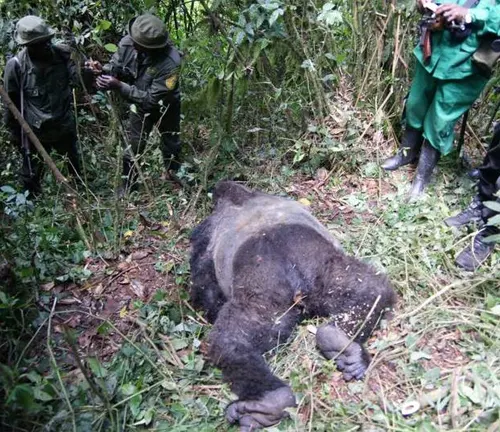
Conservation Efforts
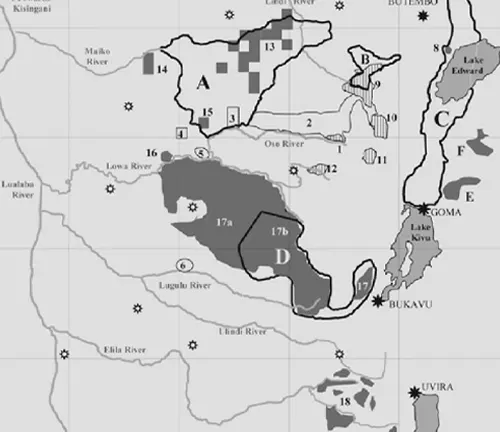
Protected Areas
Several protected areas and national parks have been established to safeguard Eastern Gorilla populations. These areas provide a safe haven for these primates and help control habitat destruction.
Anti-Poaching Measures
Governments and conservation organizations have implemented rigorous anti-poaching measures to combat the illegal trade in gorilla products. This includes increased patrols and efforts to educate local communities.
Research and Monitoring
Scientists conduct extensive research and monitoring of gorilla populations to better understand their behavior, genetics, and health. This information is crucial for developing effective conservation strategies.
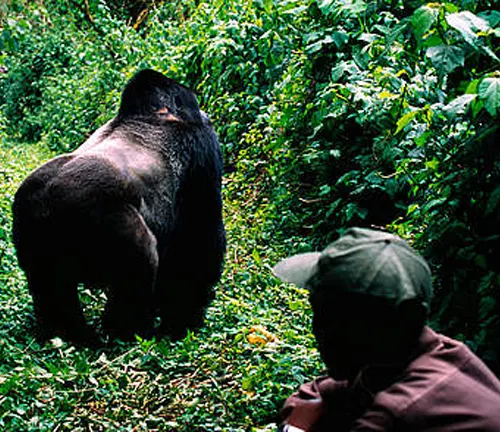
The Importance of Eastern Gorilla Conservation
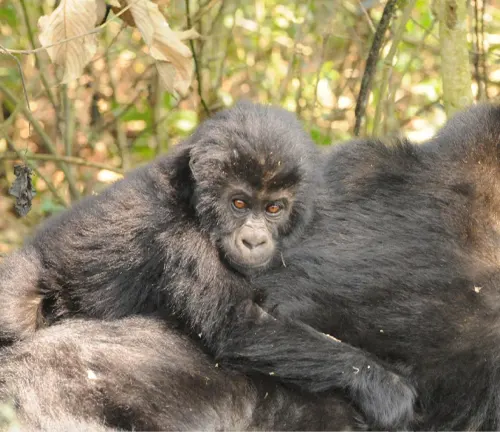
Biodiversity
The Eastern Gorilla plays a vital role in maintaining the biodiversity of the forests it inhabits. By protecting these gorillas, we are also conserving numerous other species that share their habitat.
Ecotourism
Gorilla trekking has become a popular form of ecotourism, generating revenue for local economies and providing an incentive for gorilla conservation.
Ethical Responsibility
As humans, we have an ethical responsibility to protect and preserve the Eastern Gorilla. Their survival is intertwined with our commitment to the natural world.
Different Species

Mountain Gorilla
(Gorilla beringei beringei)
Mountain Gorillas are one of the two subspecies of Eastern Gorillas. They inhabit the high-altitude forests and volcanoes of the Virunga Massif, which spans across Uganda, Rwanda, and the Democratic Republic of Congo. Known for their thick fur and adapted to cooler temperatures, Mountain Gorillas are critically endangered, with a population of around 1,000 individuals in the wild.
Eastern Lowland Gorilla (Gorilla beringei graueri)
The Eastern Lowland Gorilla, also known as Grauer’s Gorilla, is the other subspecies of Eastern Gorilla. They reside in the lowland rainforests of the eastern Democratic Republic of Congo. Eastern Lowland Gorillas are the largest of all gorilla species and are currently classified as endangered, with an estimated population of around 3,800 individuals.
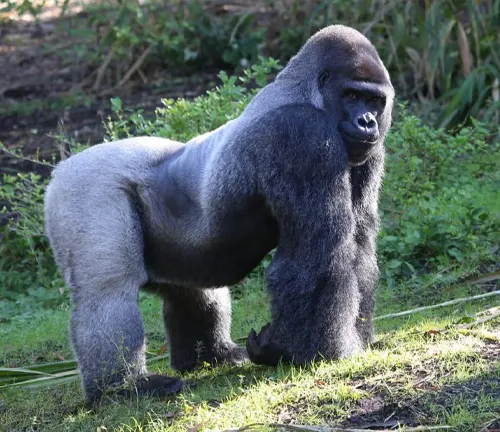
Frequently Asked Question (FAQs)
1. Are Eastern Gorillas endangered?
Yes, both subspecies of Eastern Gorillas, the Mountain Gorilla and the Eastern Lowland Gorilla, are classified as endangered by the International Union for Conservation of Nature (IUCN).
2. How can I contribute to Eastern Gorilla conservation?
You can contribute by supporting reputable conservation organizations, spreading awareness about gorilla conservation, and considering ethical wildlife tourism options.
3. What is the main diet of Eastern Gorillas?
Eastern Gorillas primarily feed on a vegetarian diet consisting of leaves, stems, fruits, and occasionally insects.
4. How many Eastern Gorillas are left in the wild?
The population estimates vary, but there are approximately 1,000 Mountain Gorillas and around 3,800 Eastern Lowland Gorillas remaining in the wild.
5. What are the biggest challenges in gorilla conservation?
The biggest challenges include habitat loss, poaching, disease outbreaks, and the need for sustainable community engagement in conservation efforts.
6. What are the major differences between Mountain Gorillas and Eastern Lowland Gorillas?
Mountain Gorillas are smaller and have thicker fur, while Eastern Lowland Gorillas are larger with shorter fur. They also have different geographical ranges.
7. Why are Eastern Gorillas important for their ecosystems?
Eastern Gorillas play a crucial role in maintaining biodiversity by dispersing seeds and influencing vegetation in their habitats.
8. How do gorillas communicate with each other?
Gorillas communicate through a combination of vocalizations, body language, and gestures. They use grunts, roars, and chest-beating as forms of communication.
9. Do Eastern Gorillas have any natural predators?
Adult Eastern Gorillas have few natural predators. However, they may face threats from leopards and sometimes even humans.
10. Are Eastern Gorillas related to humans?
Yes, Eastern Gorillas are our closest living relatives, sharing approximately 98% of their DNA with humans.
11. Can I visit Eastern Gorillas in the wild?
Yes, there are organized gorilla trekking tours in some national parks that allow visitors to observe Eastern Gorillas in their natural habitat. However, strict guidelines are in place to protect the gorillas and their habitats.
12. How can I support Eastern Gorilla conservation from a distance?
You can support conservation efforts by donating to reputable organizations, adopting a gorilla symbolically, or participating in awareness campaigns.
13. Are there any success stories in Eastern Gorilla conservation?
Yes, conservation efforts have led to an increase in the population of Mountain Gorillas in recent years, thanks to dedicated conservationists and sustainable tourism.
14. What are the main diseases that affect Eastern Gorillas?
Eastern Gorillas are vulnerable to diseases such as Ebola and respiratory infections, which can have devastating effects on their populations.
15. How long do Eastern Gorillas live in the wild?
In the wild, Eastern Gorillas can have a lifespan of around 35 to 40 years, while those in captivity may live longer.


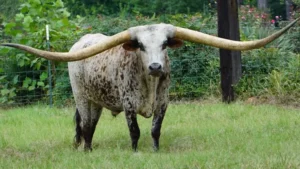

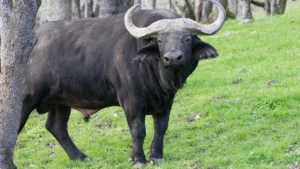

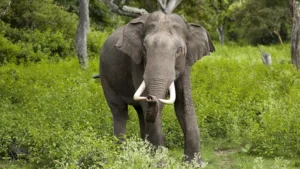

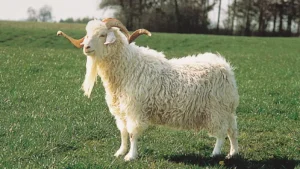





Leave your comment